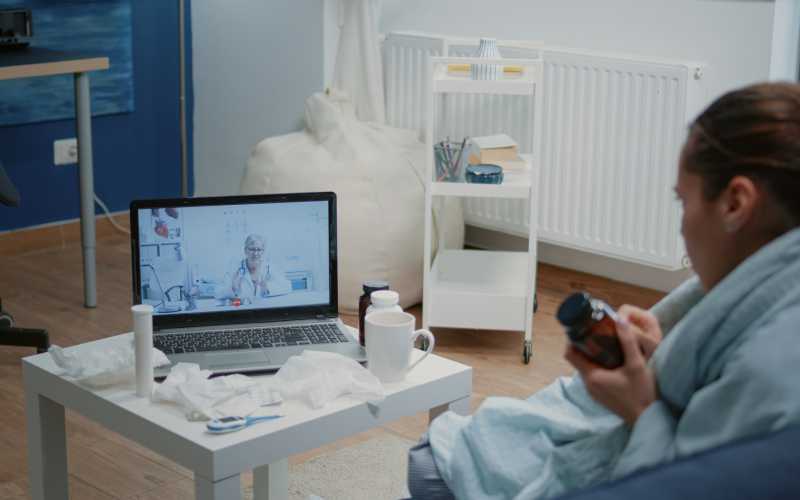The Internet of Things (IoT) and wearables are two technologies that are changing the way healthcare is delivered. These technologies allow patients to track their health data and communicate with their healthcare providers in real-time, which can improve the speed and accuracy of diagnosis and treatment.
One of the key ways IoT is being used in healthcare is through the use of wearable devices, such as fitness trackers and smartwatches. These devices can track a wide range of health data, including heart rate, sleep patterns, and activity levels. This data can then be transmitted to healthcare providers, who can use it to monitor patients and identify potential health issues.

Illustration IoT and Wearables in Healthcare - axiFYL
Another way IoT is being used in healthcare is through the use of smart medical devices, such as blood glucose monitors and blood pressure cuffs. These devices can transmit data to healthcare providers in real-time, allowing them to monitor patients remotely and intervene if necessary.
IoT is also being used to improve the efficiency and effectiveness of medical treatments. For example, IoT-enabled devices can be used to deliver medication to patients automatically, ensuring that they take their medication on time and in the correct dosage. Additionally, IoT-enabled devices can be used to monitor the effectiveness of treatments and make adjustments as needed.
IoT and wearables are also changing the way healthcare is delivered by allowing patients to take a more active role in their own health. For example, by tracking their health data and communicating with their healthcare providers, patients can be more informed about their health and make more informed decisions about their treatment.
Wearable technology is also being used to enhance the patient experience. For example, some wearables are being used in hospital setting to give patients access to their medical records, view their test results, and communicate with their healthcare providers. This can help to reduce the patient’s anxiety and improve their understanding of their condition.
In conclusion, the use of IoT and wearables in healthcare is a rapidly growing field that has the potential to revolutionize the way healthcare is delivered. These technologies allow patients to track their health data and communicate with their healthcare providers in real-time, which can improve the speed and accuracy of diagnosis and treatment. Additionally, IoT and wearables can be used to improve the efficiency and effectiveness of medical treatments, as well as to enhance the patient experience.



